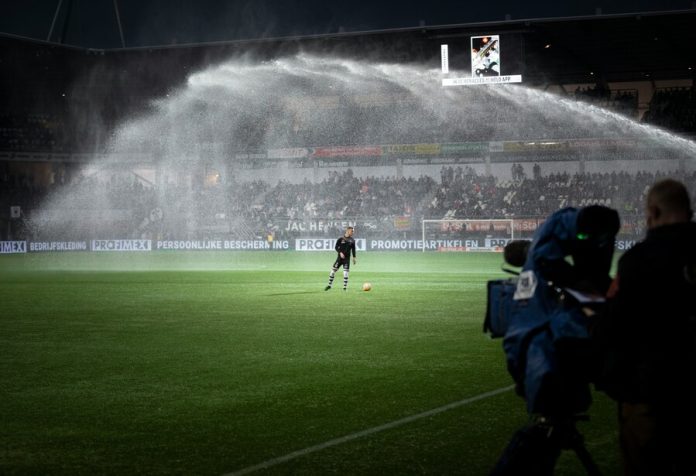
The UEFA Euro and Copa América tournaments are both premier international men’s football championships.
UEFA Euro 2024 takes place in Germany from June 14 to July 14, featuring Europe’s top national teams. The group stage runs until June 26, while the knockout stage begins on June 29.
Meanwhile, Copa América 2024 is held in the USA from June 20 to July 14. This year, the event will feature the top 10 South American teams and six invited North American teams at 14 stadiums across the U.S.
Both tournaments’ winners this year will compete in the 2025 CONMEBOL–UEFA Cup of Champions.
Held every four years, these tournaments offer advertisers ample opportunities to engage audiences across Europe and Latin America. UEFA EURO regularly attracts 365 million fans globally and this year’s campaign is expected to set a new attendance record of 2.7 million. Meanwhile, Copa América 2024’s showcase is expected to draw over 100 million viewers worldwide.
With such a massive potential, brands like Coca-Cola capitalize on heightened fan excitement and increased online activity before and during the events.
Copa América’s appeal
The 2024 USA Soccer Championship stands out as a significant event for several reasons. One is that it is the first major soccer tournament hosted in the U.S. since 1994 and the first-ever Copa América on American soil.
The presence of international soccer stars like Lionel Messi and Luis Suarez enhances its appeal. It is a fertile ground for brands to attract their audience.
Big names like hospitality agency Absolut Sport are international consumer products giant Unilever already in its list of official sponsors, together with Mastercard, Michelob Ultra, Puma, and Lowe’s.
The list is not limited to sports-related brands. Prominent global technology brand TCL also became part of the list for the third consecutive year. Through this deal, TCL will enjoy significant brand exposure throughout the competition.
The TCL logo will prominently appear on field-level elements such as LED boards, referee shirts, and VAR technology, enhancing visibility during key moments of the matches. Furthermore, TCL will receive mentions during player interviews and in official tournament communications, further bolstering its brand presence.
According to Dale Chen, TCL’s Marketing Director for Latin America, renewing sports partnerships aligns with TCL’s communication strategy to support the brand’s growth in the region. TCL’s sponsorship of the Copa America comes at a pivotal time, as the tournament arrives on U.S. soil for the first time.
The building excitement parallels major American “big game” events like the Super Bowl. The U.S. itself has a growing soccer audience since the 2014 World Cup and the U.S. women’s team’s 2015 victory.
Maximizing big sports events for branding
Sports marketing leverages sports-related content to promote brands. Sports brands usually employ a comprehensive digital marketing strategy to maximize visibility and engagement during these tournaments.
Targeting a specific audience is crucial. It involves understanding their location, interests, lifestyle, income, age, and level of athleticism. Tailoring a brand message to resonate deeply with the target audience enhances engagement and conversion rates.
Ensure optimal website performance and use seasonal keyword research and competitor analysis to develop strategic content and link acquisition plans. They also need to create content such as team guides, predictions, and key player highlights to attract and engage users.
Using social media platforms such as Facebook, Instagram, and Twitter is crucial for connecting with sports fans. Leveraging these channels during peak engagement times enhances the chance for customer interaction.
Highlighting sports figures and creating interactive content resonates strongly with sports enthusiasts. Provide daily articles, team guides, match previews, and eye-catching visuals like infographics and videos to keep fans informed and engaged.
Post-tournament, brands can leverage the remaining razzle-dazzle by reflecting on tournament highlights and providing insights for future events to maintain audience engagement. Use infographics and videos to maintain visibility and authority.
Brands can also use the symbiotic relationship between humans and AI in transforming content development. AI’s impact extends beyond content creation to revolutionizing content personalization and audience engagement strategies.
By analyzing user data and behavior, AI algorithms deliver personalized content recommendations and tailored marketing campaigns that resonate with specific audience segments. This level of personalization enhances user experience, boosts engagement rates, and drives conversions.
Those benefits demonstrate AI’s pivotal role in creating compelling content for diverse audiences. The use of AI can help brands create more tailored content for their audience, especially during sporting events that involve a wide array of demographics.



































































